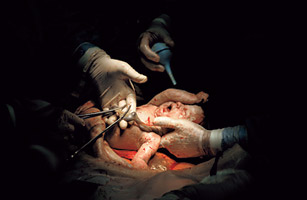
As their due date creeps closer, many pregnant women pack a go bag for the hospital: toothbrush, iPod, cute bringing-baby-home outfit. But in recent months, savvy mothers-to-be have started tucking in one more important item: a kit to collect and donate the blood in their babies’ umbilical cord. Cord blood is a noncontroversial source of stem cells, yet experts estimate that 99% of this potentially lifesaving resource gets thrown away postpartum. Unlike the stem cells in human embryos, which can morph into any kind of cell in the body, the stem cells in cord blood have their futures largely mapped out, as blood, brain, liver or heart-muscle cells, for example. But researchers have shown that cord-blood cells can be reprogrammed, and over the next decade, doctors hope to adapt these cells to treat heart attacks, strokes, diabetes and maybe neurodegenerative diseases too. Cord blood is already being used in therapy regimens for patients with cancer, sickle-cell anemia, immunodeficiency, marrow failure and genetic diseases that call for transplants. But there are only 19 public banks in the U.S., and until recently the only way women could donate to them was to give birth in one of the 175 or so affiliated hospitals that have a system in place to collect and transfer cord blood.